Sinapis alba, Brassica juncea, Brassica nigra
Specifics
Mustard Sprouts are hot, hotter even than radish sprouts. They contain many healthy mustard oils.
White mustard seeds from the supermarket can be used to grow the sprouts.
The mustard roots are fine haired, please do not mistaken for mold.
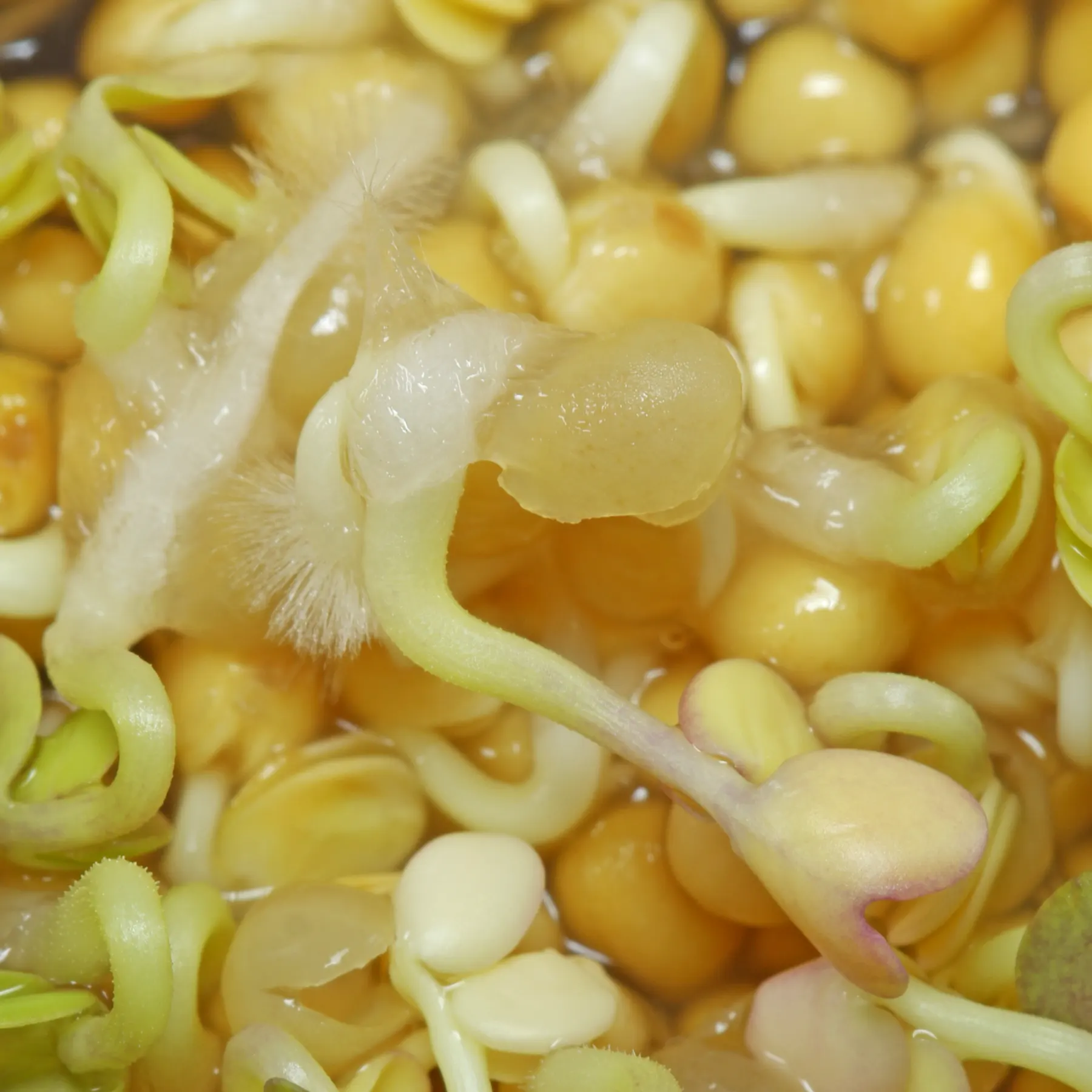
How to grow mustard sprouts
- Soaking: Mustard seeds can be soaked for 4 to 8 hours, but do not need to.
- Sprouting time: 2 to 4 days at 64 to 68 °F (18 to 20 °C)
- Harvest: Sprouts after 2 to 4 days, microgreens after 5 to 8 days.
- Rinse/drain: 2 times per day
- Germinators: Tray seed sprouter, glass sprouter
- Harvest quantity: 1 cup of seeds yields 6 to 8 cups of sprouts.

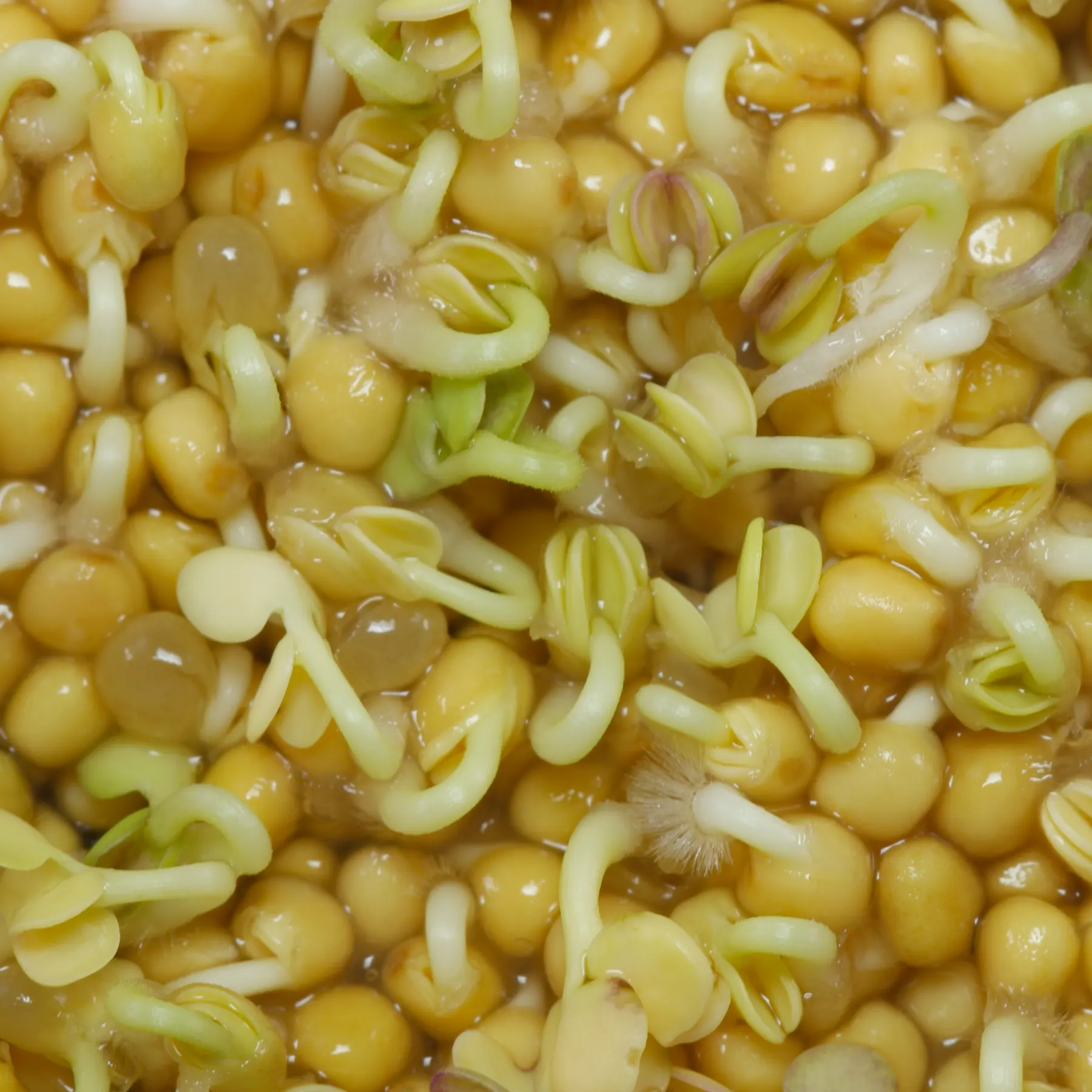
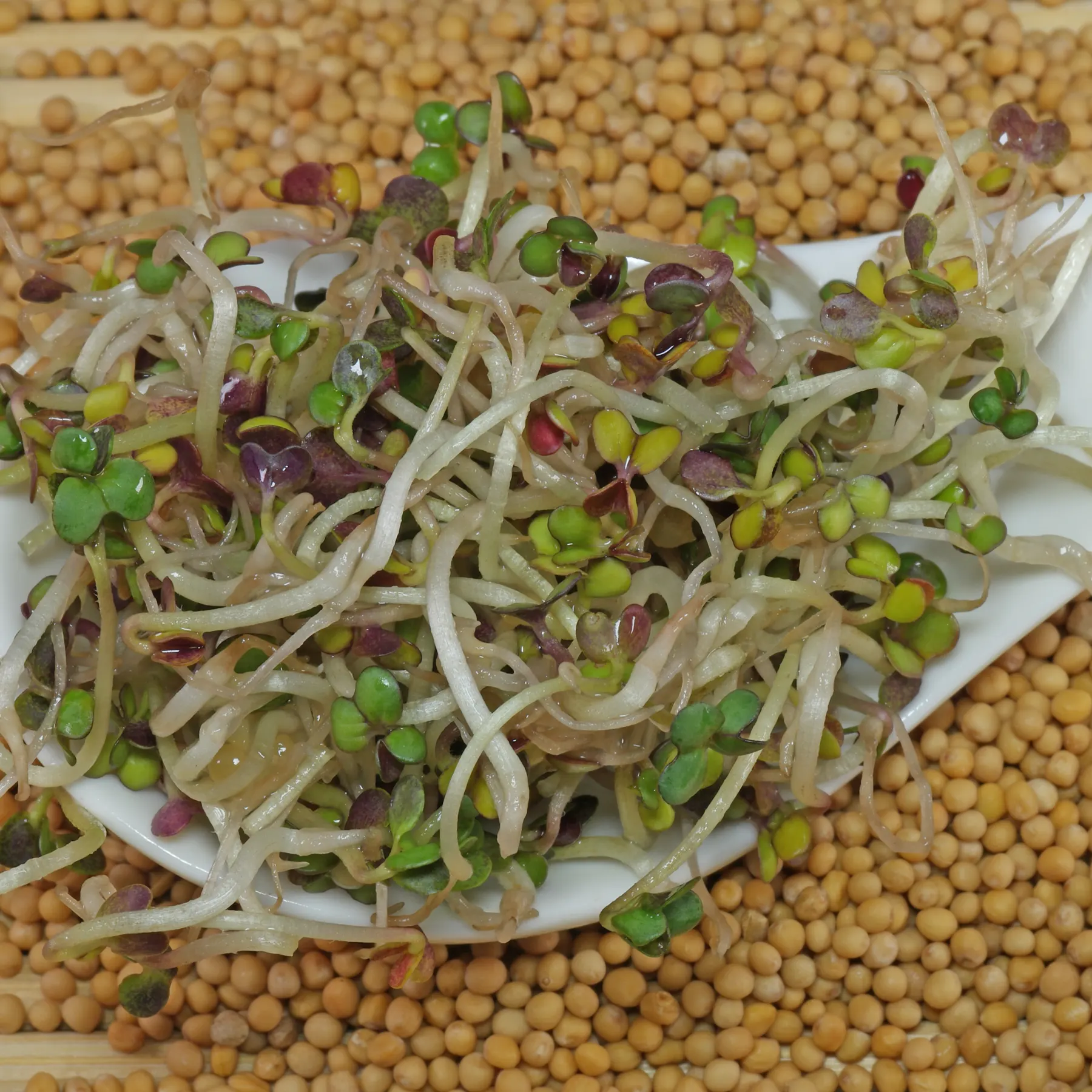
How to use and store mustard sprouts
- Eat raw: Yes
- Aroma: Very spicy
- Uses: Salad and other raw vegetables, vegetable dishes, herb curd, as a topping for bread and for decorating. The sprouts can also be used to make mustard sauce.
- Store: The sprouts and the microgreens can stay fresh in the refrigerator for about a week. They are not suitable for freezing.
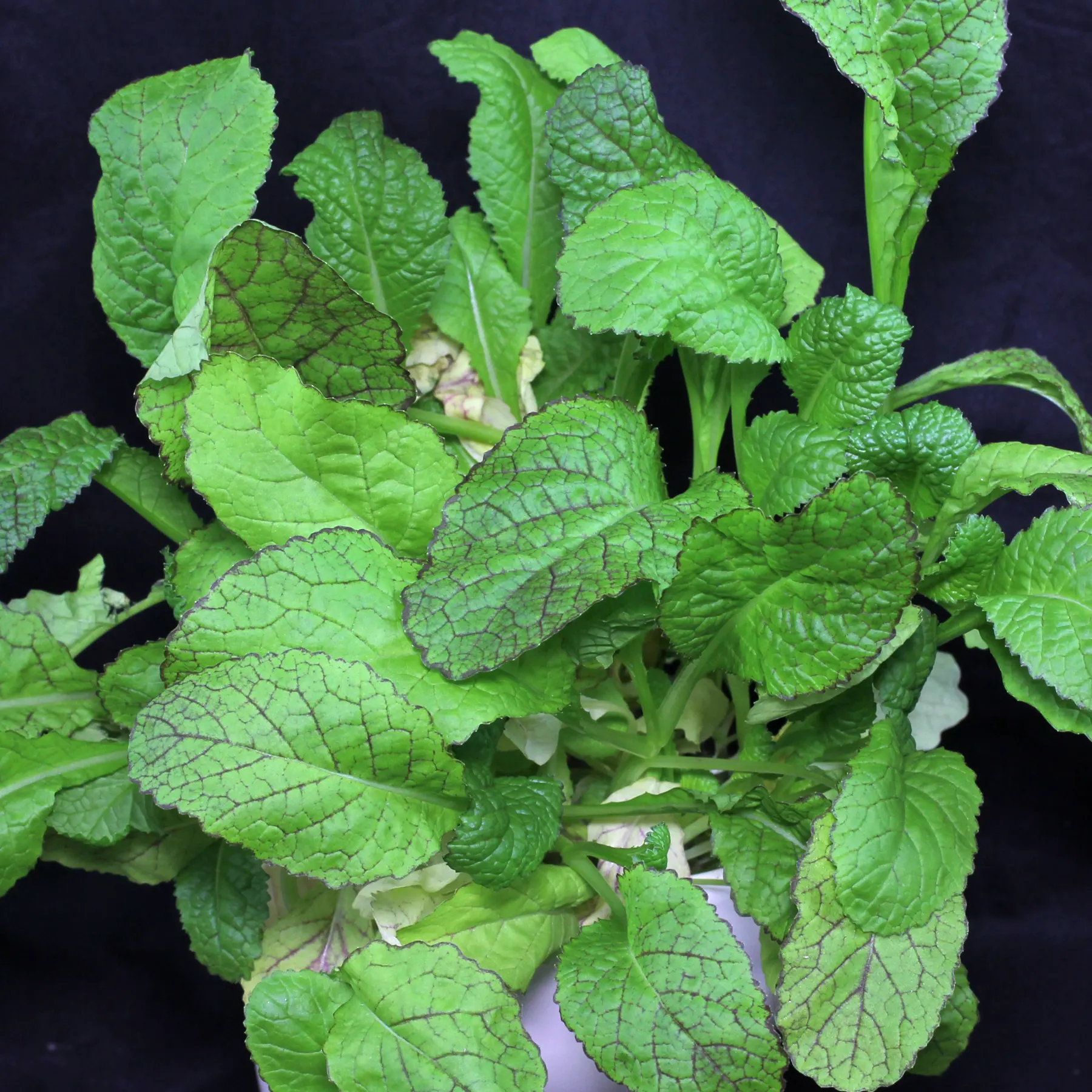
What is Mustard?
Mustard is made from the seeds of the following three species: White Mustard (Sinapis alba), Black Mustard (Brassica nigra) and Brown Mustard (Brassica juncea). Mustard, rapeseed, and rutabaga are closely related.
Some varieties of Brown Mustard are used as salad.
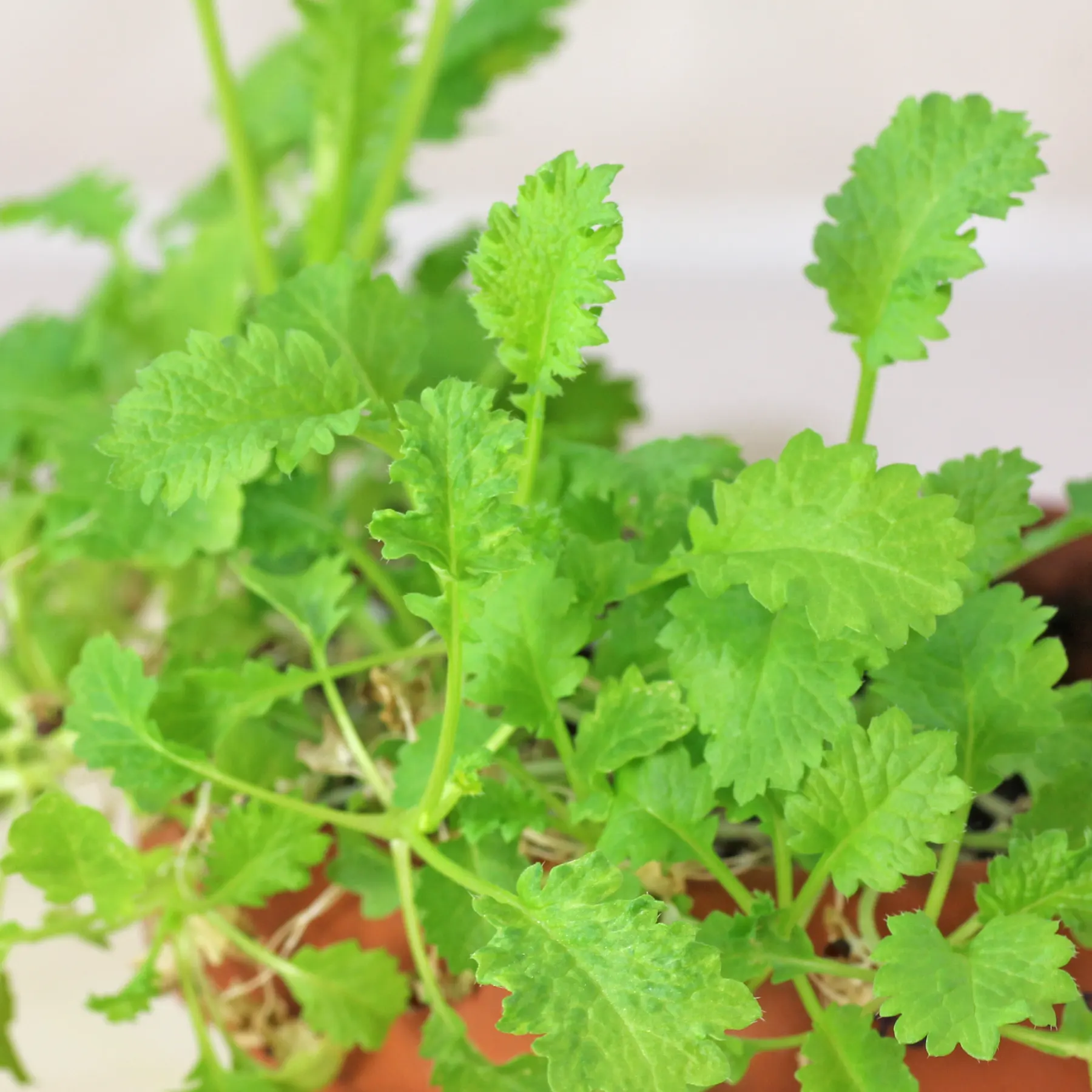
Recipe: Whole Grain Mustard (extra hot).
Yellow mustard sprouts and apple puree can be used to make a quick and easy spicy mustard sauce that can be stored in the refrigerator for several months.
For this I used 80 g mustard sprouts and 80 g apple puree, as well as 20 g apple cider vinegar. The sauce was flavored with a pinch each of herb salt, turmeric, nutmeg and soy sauce.
All ingredients are placed in a bowl and pureed with a hand blender until the desired consistency is achieved.
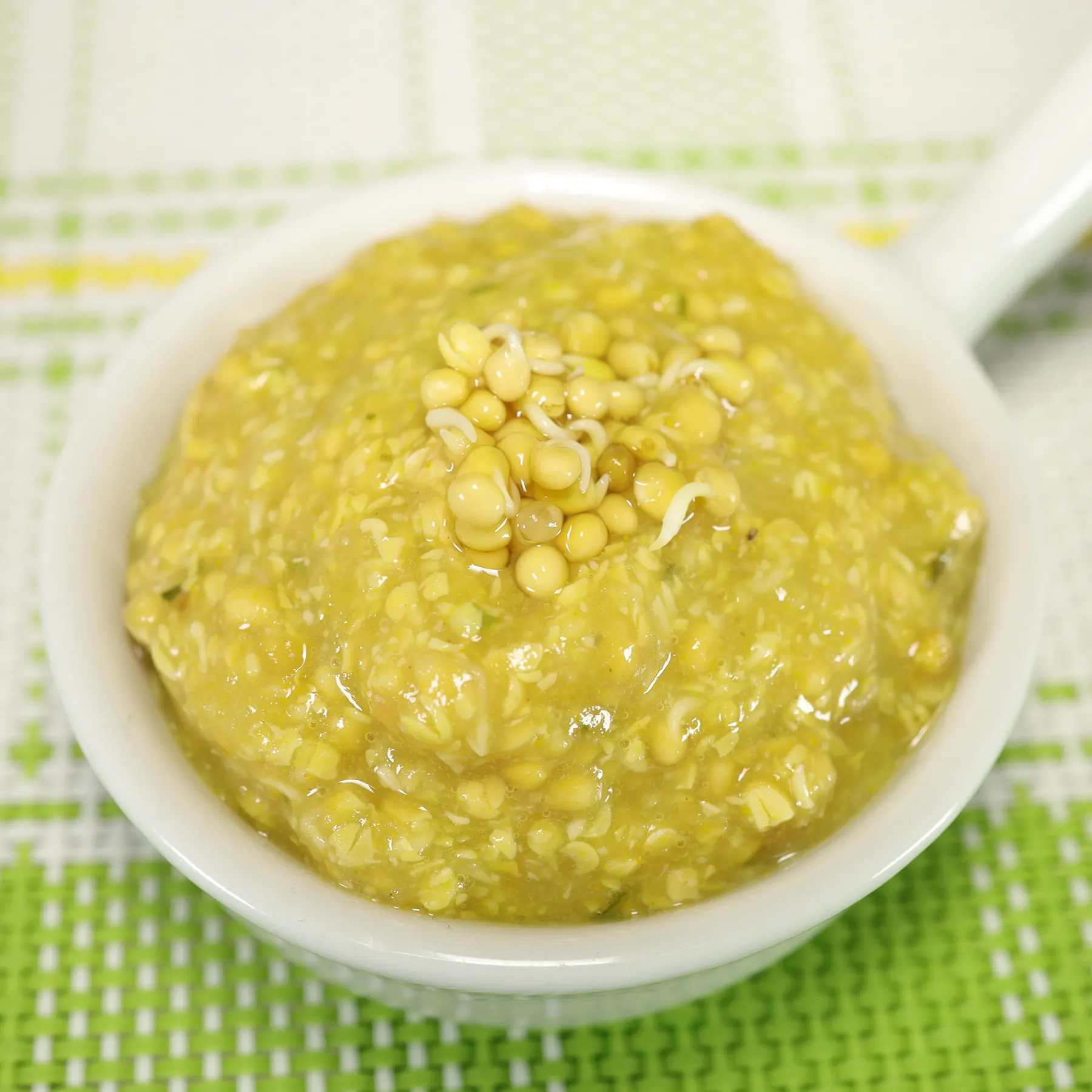
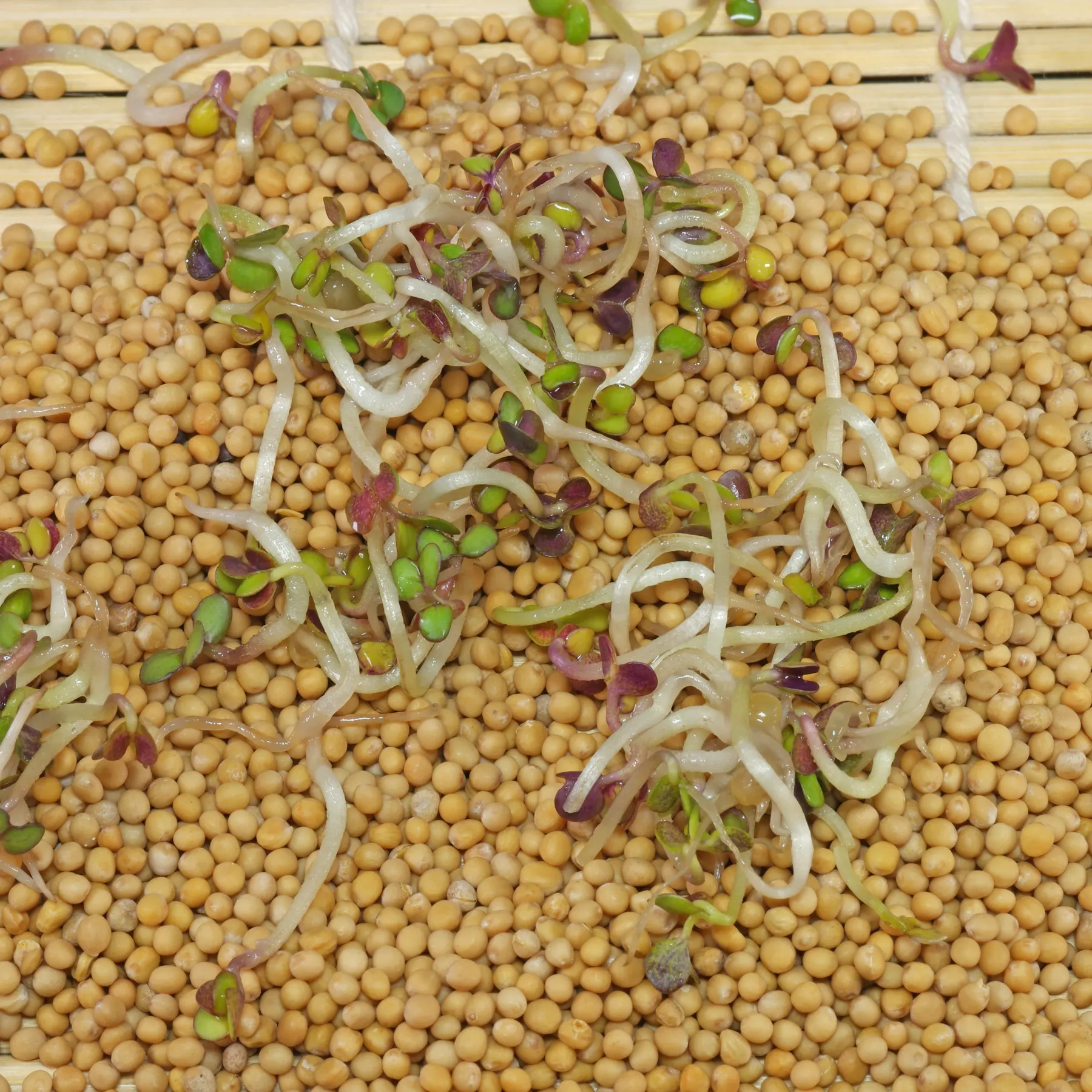
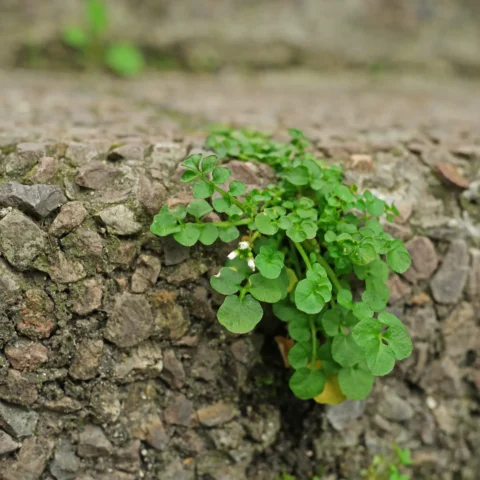 Hairy Bittercress
Hairy Bittercress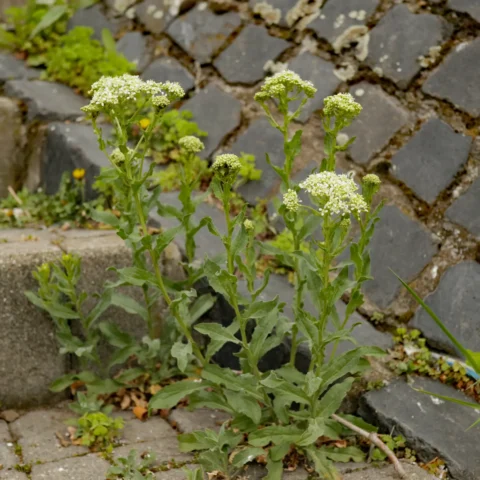 Hoary Cress, Whitetop
Hoary Cress, Whitetop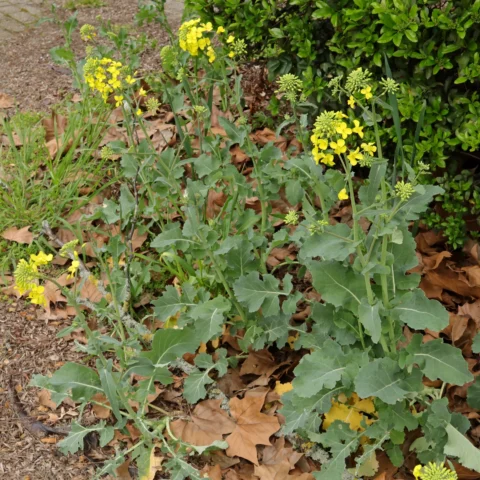 Oilseed Rape
Oilseed Rape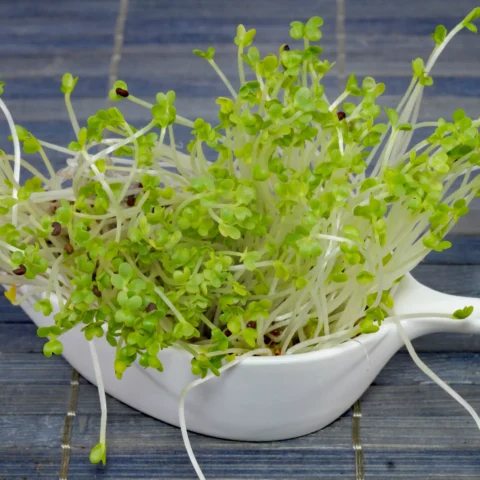 Rapeseed
Rapeseed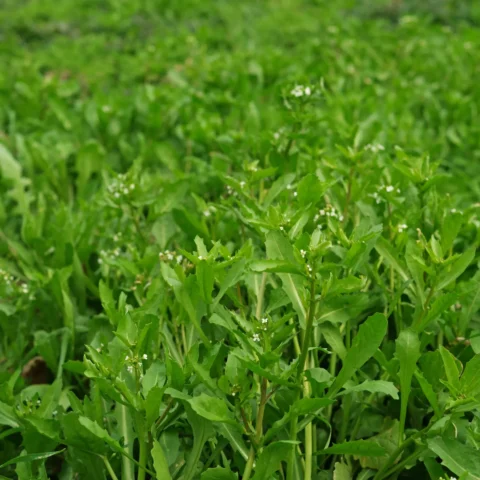 White Ball Mustard
White Ball Mustard